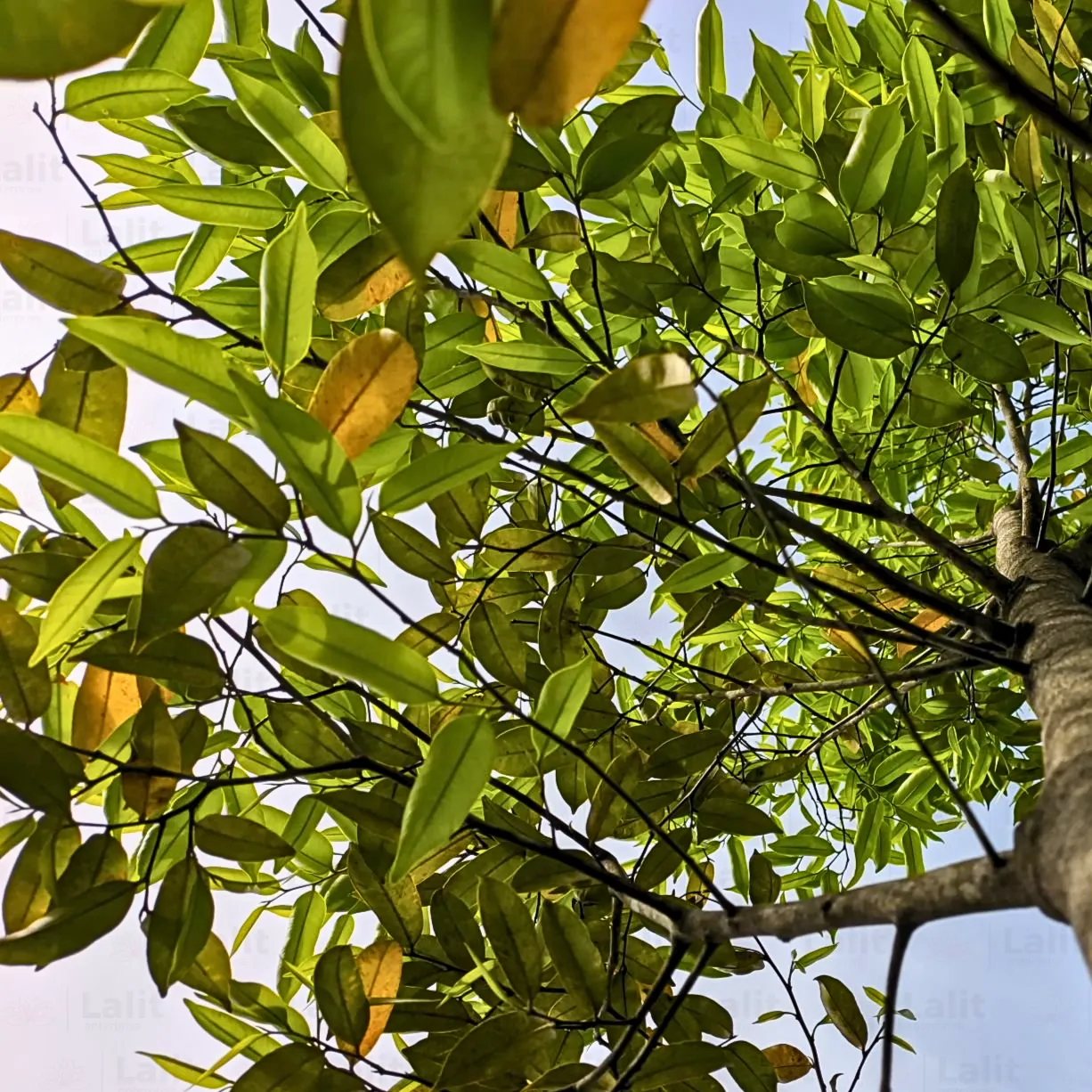Agarwood a Precious Investment for Sri Lanka’s Future
Harnessing the Power of Sri Lanka’s Ecosystem for a Sustainable Tomorrow
What is Agarwood?
Often referred to as “liquid gold” or “wood of the gods,” Agarwood is one of the rarest and most valuable natural resources in the world. It is a fragrant dark resinous wood formed in the heartwood of Aquilaria trees when they become infected with a specific type of mold. This resin, once processed, is used in high-end perfumes, incense, traditional medicine, and spiritual rituals across Asia and the Middle East.
Agarwood has been cherished for centuries for its deep, rich, and complex aroma that cannot be replicated synthetically, making it highly sought after in global markets.
Agarwood Investment in Sri Lanka: Why Invest?
With Sri Lanka’s rich biodiversity and tropical climate, it is an ideal location for cultivating oud. As the demand for high-quality agarwood (oud) continues to rise globally, Sri Lanka offers a unique opportunity to invest in a crop that not only generates significant financial returns but also contributes to the country’s sustainable forestry practices.
The Agarwood Cultivation Process in Sri Lanka
In Sri Lanka, cultivating agarwood begins with selecting the right Aquilaria trees, which thrive in the island’s diverse ecosystems. Over the course of several years, these trees naturally develop resin in response to mold infection, resulting in the sought-after oud resin. The process of harvesting this resin is meticulous, with each tree taking several years to reach maturity.

Why is Agarwood So Valuable?
- Rarity: Not every Aquilaria tree produces agarwood. It occurs only when the tree is naturally infected or artificially induced.
- Time: It takes 4-6 years or more for quality resin to develop.
- Demand: Used in perfumery, religious practices, and herbal medicine.
Plantation Process Overview:
- Selection of Location: Tropical climates with good rainfall and well-drained soil—ideal in countries like Sri Lanka, India, and Southeast Asia.
- Cultivation: Aquilaria trees are planted and nurtured over several years.
- Inoculation: After about 3–4 years, trees are inoculated with a specific fungus to initiate resin formation.
- Harvesting: Resin-filled wood is harvested and processed after 4–6 years, depending on quality.
Investment Timeline for Agarwood in Sri Lanka

- Year 1-3
Tree planting, establishing optimal growing conditions in Sri Lanka’s fertile soil.

- Year 4-6
Trees begin to naturally undergo mold infection, marking the first signs of resin production.

- Year 6-8+
Full resin production occurs, and the trees are ready for harvesting. High-quality agarwood resin is harvested, offering profitable returns for investors.
Why Invest in Agarwood Plantations?
- High Returns: As global prices rise, plantation owners can earn significant profits from mature trees.
- Eco-Friendly: Promotes reforestation and conservation of endangered tree species.
- Long-Term Asset: Once established, plantations provide continuous yield potential for years.
Market Potential for Agarwood in Sri Lanka
Agarwood in Sri Lanka
The global demand for oud continues to surge, particularly in the luxury perfume industry, incense production, and spiritual practices. With Sri Lanka’s established agricultural expertise and favorable growing conditions, investing in agarwood presents a unique opportunity to tap into an emerging market while contributing to the conservation of Sri Lanka’s natural resources.
Ready to take part in Sri Lanka’s booming agarwood industry? Simply fill out our investment form, and we’ll guide you through every step of the process, helping you make a sustainable and profitable investment in Sri Lanka’s future.
Sustainability & Environmental Impact in Sri Lanka
Sri Lanka is known for its commitment to preserving biodiversity and promoting sustainable agriculture. Oxiaura ensures that agarwood cultivation follows eco-friendly practices, protecting Sri Lanka’s rich natural heritage while creating long-term economic benefits for rural communities and the environment.